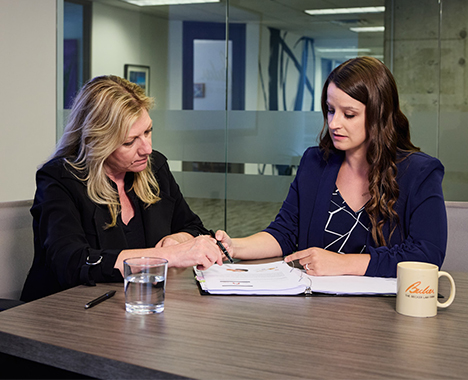Summertime can be especially challenging for families of children with special needs. School is out and therapy hours are curtailed, leaving the youngsters with extra time on their hands. Children with disabilities cannot be bundled off to just any recreation program. Appropriate activities and exercises need to be carefully planned to accommodate their special needs and keep them safe.
Planning Activities for Kids with Disabilities
A little thought into planning activities will increase the likelihood of the program succeeding.
- Check with your child’s physician before starting any new exercise routine.
- Become aware of potential risks and familiarize yourself with safety precautions.
- Prepare for augmented supervision.
- Choose an exercise regimen or activity that is fun for your child.
- Incorporate behavior and motivation (such as a token reward system).
- Set goals (e.g., making new friends, improving motor control, becoming more independent).
Exercise Routines for Children with Disability
The choice of exercise regimen will depend greatly on your child’s muscle strength and tone, joint mobility, stature, weight, balance, and depth perception. The three major types of exercise to consider are:
- Cardiovascular Exercise – Aerobic exercises such as walking, running, cycling, swimming, and dance improve heart health. If your child can participate in these activities, start out slowly and gradually build up stamina. Be vigilant for signs of breathlessness and early-onset fatigue.
- Strength and Resistance Training – The goal is to improve strength in large muscle groups. This improves endurance and can be extremely useful in wheelchair transfers, for instance. Strength training can include flexion and exertion exercises on therapy balls or free weights and resistance bands in a group session.
- Flexibility, Balance, and Agility – Yoga, Tai-Chi, and stretching help improve balance, agility, and range of motion. They also reduce pain and stiffness and prevent muscle wasting and joint contractures. Group classes or instructional videos are good options.
Exercises to Accommodate Children with Special Needs
- Hand bikes or stationary bikes for children who cannot ride regular bikes.
- Swimming or aqua-jogging for children who cannot participate in high-impact activities like running.
- Special wrist cuffs for children with involuntary movements.
- Resistance tubing and other low-cost equipment for children without access to expensive programs.
- Six-a-side soccer in which players walk instead of running.
- Volleyball with a larger and softer ball, one bounce rule, and a lower net.
- Tennis with larger, lightweight tennis rackets and brightly-colored lighter balls.
- Wheelchair basketball.
- Adaptive floor hockey played on a wooden floor instead of ice.
- Backyard water-park with splash pool and water sprinklers.
- Indoor play arenas to build motor, sensory, and social skills.
- Local parks with adaptive recreation options.
Benefits of Exercise
The benefits of exercise are universal, and for your child with special needs, it will prove therapeutic, recreational, and enriching. In addition to physical health, you can expect a boost in self-esteem and confidence. While it may not be possible for your child to participate in all types of after-school activities, summer camps, and weekend team sports, there are many adaptive physical fitness programs for children with disabilities. The only difference is that your special needs child will need more constant supervision and repeated verbal and visual cues.


